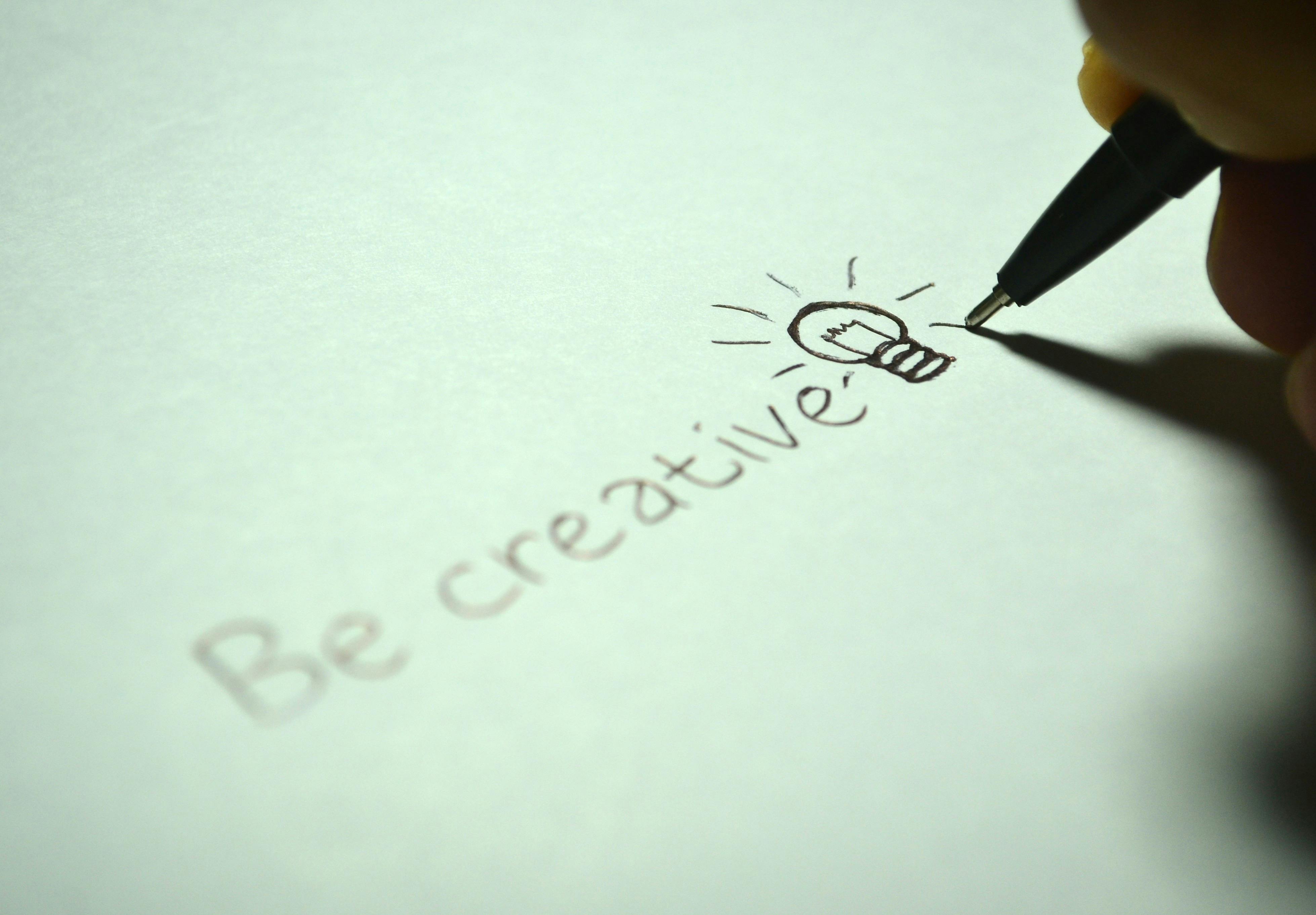How Team Norms Support Culture and Collaboration

Table of contents
The Path to Becoming an Athena Assistant
Only the top 1% of applicants make it to the Athena Bootcamp – an acceptance rate more exclusive than Harvard University.
Team norms are guidelines for how people interact, communicate, and collaborate in the workplace. While norms often develop naturally, smart leaders know that intentionally defining them helps teams perform better and stay aligned — especially during times of change. Establishing team norms also makes bringing new members into the fold easier, giving people a framework to navigate expectations and transition confidently into their roles.
If you want to build a stronger team united by shared goals and accountability, creating work norms is a powerful first step. Here’s how to get started.
What Are Team Norms?
Team norms are informal, sometimes unspoken rules that influence workplace operations. They shape team members' interactions by setting expectations for acceptable behaviors and ways of working together. This shared understanding encourages seamless collaboration and effective teamwork.
Some norms form organically from team dynamics or company culture, but others are created intentionally to improve team performance. Determining and implementing work norms can streamline communication and help people hold each other accountable.
Not only that, but group norms give new employees a roadmap for what’s expected and how to feel at home within the team. Norms provide a consistent reference point to help new hires find their footing and build relationships with colleagues.
Because teams continually evolve, norms are rarely permanent. Factors like stress levels, company success, leadership transitions, and additions to the group can all shift how a team functions. It’s wise to regularly review and refine work norms to keep teams aligned and support a healthy company culture.
Why Team Norms Matter
Understanding why team norms matter is key to forming an effective and resilient team. Here are a few reasons group norms are essential to high-performing teams:
- Help maintain workplace culture: Team norms reflect and reinforce the core values and behaviors that define an organization’s culture. Norms set clear expectations that help everyone contribute to a positive work environment. This shared responsibility nurtures a sense of pride and belonging among team members, which boosts morale.
- Improve team cohesion: When team members agree on how to communicate and work together, it builds stronger bonds within the group. Similarly, norms promote trust and respect by encouraging open dialogue and cooperation. This cohesion helps the team work toward common goals without confusion or friction.
- Prevent conflicts: Well-defined norms establish boundaries and acceptable behaviors, reducing the chances of misunderstandings or disagreements. If everyone on the team knows what’s expected, addressing issues early (before they escalate) is easier. This proactive approach creates a more harmonious and respectful workplace.
- Ease adaptation to new situations: Teams often face changes like leadership shifts and evolving priorities. Workplace norms provide a stable foundation that helps teams adjust to these changes quickly and confidently. They also guide new team members in integrating with the group and contributing effectively.
- Enhance accountability: Norms set standards for behavior and performance that apply to everyone on the team. This clarity enhances workplace engagement by encouraging team members to take ownership of their actions and hold each other accountable. When accountability is ingrained in team culture, it drives higher performance and deepens trust throughout the group.
- Support effective communication: Team norms define how and when to communicate, ensuring information flows smoothly. These norms prevent miscommunication by setting clear expectations around transparency and responsiveness, leading to better decision-making and fewer delays caused by inconsistent messages.
{{in-line-cta}}
How to Establish Team Norms
Establishing norms lays the groundwork for increased productivity and team collaboration. A team norms template — like our step-by-step guide below — can simplify the process and help your team agree on shared expectations.
1. Brainstorm Norms With Your Team
Start by gathering your team for an open discussion about the behaviors, values, and practices essential to effective collaboration. Encourage everyone to share their ideas and experiences so all perspectives are considered. This approach ensures the norms reflect your team’s unique culture and challenges.
Avoid rushing this step. Creating a safe space for honest conversation will help team members feel valued and heard. This brainstorming session also builds buy-in by allowing everyone to help shape the expectations they’ll follow.
Use tools like sticky notes, virtual whiteboards, or surveys to capture ideas. Involving the entire team in this process sets the stage for meaningful and impactful norms.
2. Identify Main Themes
After collecting input from your team, review the ideas to identify common patterns and themes. Group similar suggestions under broader categories like communication, decision-making, and conflict resolution. Remember to balance thoroughness with clarity. Too many categories can overwhelm, while too few might miss key behaviors.
Discuss these themes with the team to make sure everyone agrees on the priorities. This collaboration highlights which norms are critical to the team’s success and cohesion, pinpointing areas that deserve the most attention. Organizing your main themes can create a solid foundation for drafting actionable norms.
3. Formalize Team Norms
Using the themes as a guide, draft a clear and concise list of norms that embody the team’s values and priorities. Examples of team norms might include:
- Communication: Respond to emails or phone messages within 24 hours to support a timely flow of information and avoid unnecessary delays.
- Respect: Practice active listening without interrupting when others are speaking to show interest and appreciation for each person’s input.
- Conflict resolution: Address disagreements directly and respectfully, focusing on solutions instead of blame to resolve issues constructively.
- Accountability: Demonstrate professionalism by owning your tasks, following through on deadlines, and informing the team of any obstacles.
Make sure each norm is specific and actionable. Rather than simply saying “communicate well,” say “respond to messages within 24 hours.” This clarity helps curb misunderstandings and makes expectations easier to follow.
After drafting your norms, share the list with the team for feedback and adjust as needed. Finalizing these norms in a formal or shared document helps everyone get on the same page.
4. Create Accountability
Defining how the team will uphold group norms is critical to everyone’s shared success. Discuss and agree on processes for holding each other accountable, such as regular check-ins during team meetings, peer feedback sessions, or discussing norms in performance reviews.
Leaders can support accountability by modeling the team norms themselves. Additionally, team members can gently remind one another to follow the norms, fostering a culture of respect over reprimand.
Strong accountability helps embed norms into the team’s culture. That way, they’re not just writing on paper but actively guiding behavior.
5. Review and Adjust Regularly
Teams and situations constantly evolve, and so should the expectations around them. Schedule regular reviews (quarterly or biannually) to discuss how the norms are working and whether they need updating. Use these sessions to gather feedback on challenges or changes in team dynamics, leadership, and goals that might impact the norms’ relevance.
Revisiting norms encourages continuous improvement and aligns them with the team’s needs. It also reinforces that norms are flexible tools designed to support the team, not rigid rules restricting growth or creativity. You can nurture a healthy, adaptable team culture by making norm reviews a habit.
Get Started With an Athena Assistant
Establishing and maintaining team norms can be tricky, but with an Athena Assistant, you’ll have expert help keeping your team in sync.
Our high-end executive assistants help manage communication, coordinate meetings, and track progress — making it easier to integrate your team’s values and expectations into everyday workflows. As a result, your norms become an active part of your team’s culture.
Athena Assistants are the hidden superpower behind elite founders, top investors, and world-class leaders, so you're in good company. We’re excited to partner with you and provide the tools and guidance for greater team collaboration. Together, we’ll help you build a high-performing, resilient organization.
Get started with an Athena Assistant today.
FAQ
What are examples of norms?
Examples of team norms include responding to emails within a set timeframe, actively listening without interjecting, and addressing conflicts respectfully. Other norms involve making decisions collaboratively and holding each other accountable for joint projects. These guidelines help set clear expectations for behavior within the team.
What are the 5 rules of an effective team?
The five rules of an effective team include:
- Clear communication
- Mutual respect
- Shared goals
- Accountability
- Collaboration.
Each team member should understand their role and contribute toward common objectives. Following these principles builds trust across organizations and ensures teams work together efficiently.
What Are Team Norms in Agile?
In Agile, team norms are agreed-upon behaviors and practices that support iterative development and continuous improvement. These norms often include daily stand-ups, transparent communication, and focusing on delivering value quickly. Agile norms help teams stay flexible and responsive to change throughout the project.
Lead smarter. Achieve more. Subscribe to Athena today
It is a long established fact that a reader will be distracted by the readable content of a page when looking at its layout.
Subscribe to Athena today



















